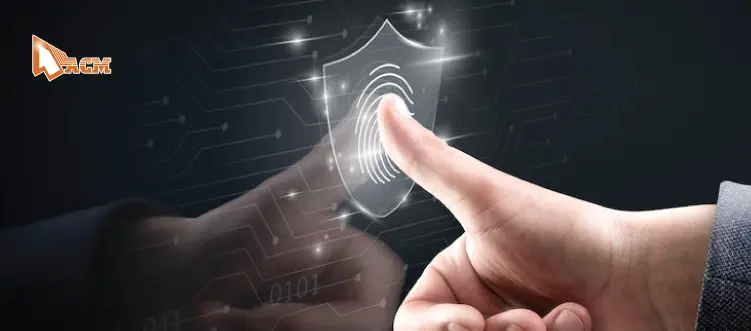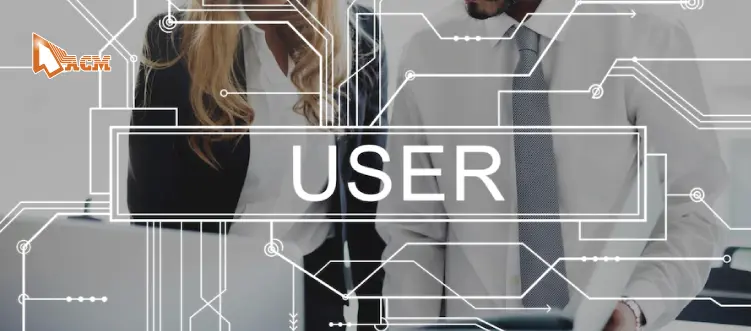MFA vs 2FA: What's the Difference?
Multi-factor authentication (MFA) and two-factor authentication (2FA) are essential for organizations to protect their user accounts,
assets, and data and keep their users safe. In particular, cybercriminals have a great opportunity to use one element break through
the security. But what's the difference between 2FA and MFA?
Differentiators Between MFA and 2FA
- With single-factor authentication, users only need to authenticate with a single credential (most often a password).
- Multi-factor authentication (MFA) requires the user to provide at least two pieces of evidence or elements for authentication. The main goal of MFA is to add authentication factors to increase security.
- Two-factor authentication (2FA), often known as 2-step verification, is a security method that requires users to provide two authentication factors in order to access an account.
Key Considerations for 2FA vs. MFA
When deciding on an authentication method, consider your organization's risk considerations, risk tolerance, any external security needs, and the concern your vicinity on ease of use. Consider the differences between 2FA and MFA in the following major areas, keeping your organization's specific demands in mind.
Reliance on Passwords

One of the weakest points of security systems is always passwords. According to Verizon's data breach investigation report, 61% of breaches were related to brute force attacks, credential stuffing attacks, or credential abuse by credential that was subsequently misused after being leaked. Recent research shows that over 15 billion passwords have been stolen on the dark web. Basically, authentication that relies on a password as one of the two factors is just single-factor security. As mentioned earlier, 2FA most often uses passwords as an element, but standard MFA does the same.
System Security

Some identity verification techniques are more secure than others. Social engineering, man-in-the-middle attacks, and other attacks can easily intercept or reveal aspects of the knowledge base. OTP codes and URLs delivered via email or SMS are preferred, but can still be hacked by knowledgeable attackers. As a result, anti-phishing MFAs that do not rely on insecure reviewers are gaining popularity among industry experts and regulatory agencies. Hardware security keys and PKI-based authentication software provide the strongest authentication protection.
User Friction

User experience is essential to getting employee and customer support for security measures. From productivity to user enjoyment to customer attrition, everything is affected by quick access to systems and information. In general, the more secure the security method, the more annoying and destructive the user experience. The more verifiers you have, the more steps, time, and more likely you are to forget your password or PIN, or miss your emailed security key or OTP code.
Want to Learn More About 2FA?
Many businesses find that partnering with a professional is better and cost-effective than building 2FA or MFA themselves. ACM provides a comprehensive suite of authentication APIs. Check it out with us at 6295 5962 or email us at info@achievement.com.sg.


